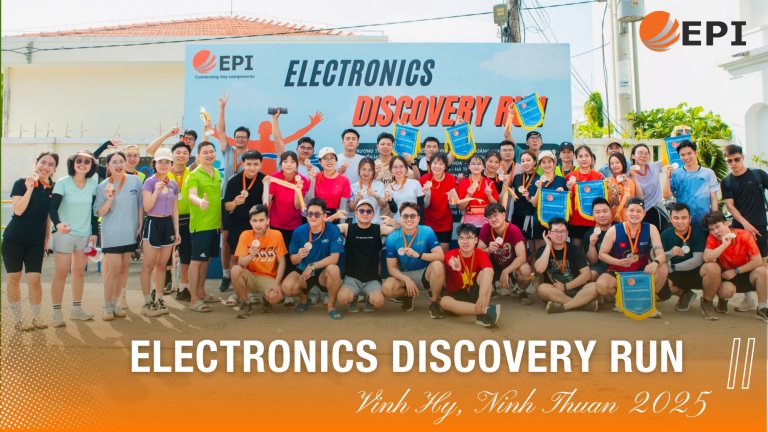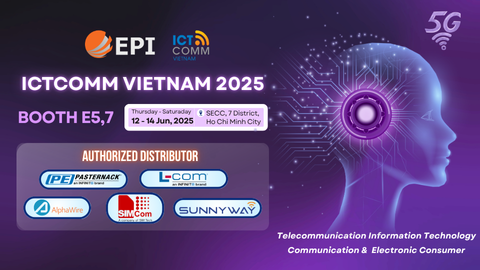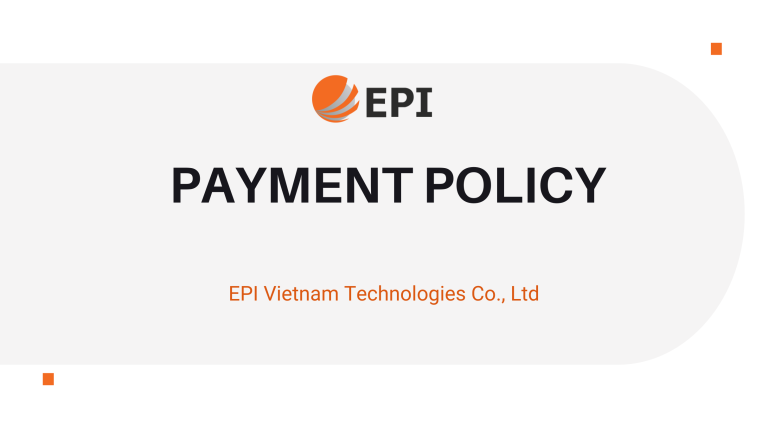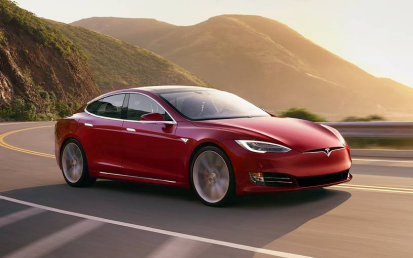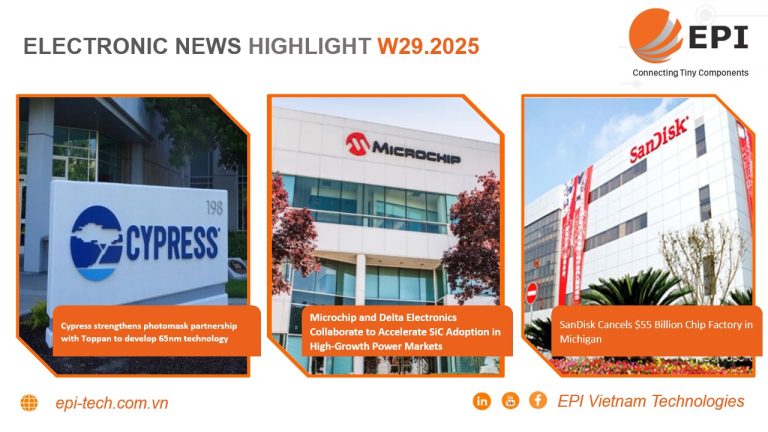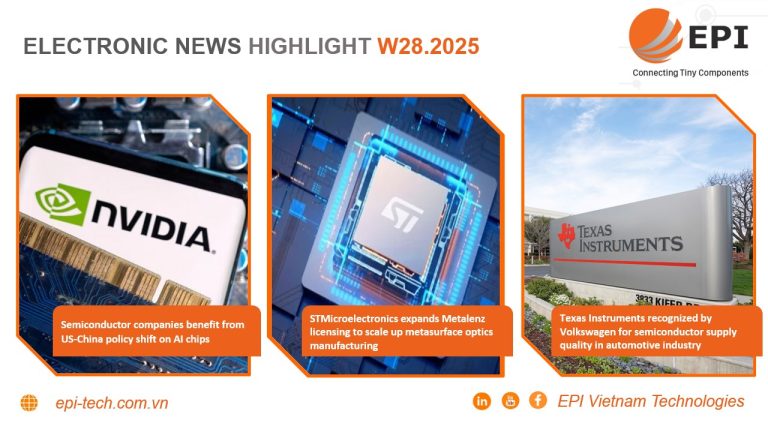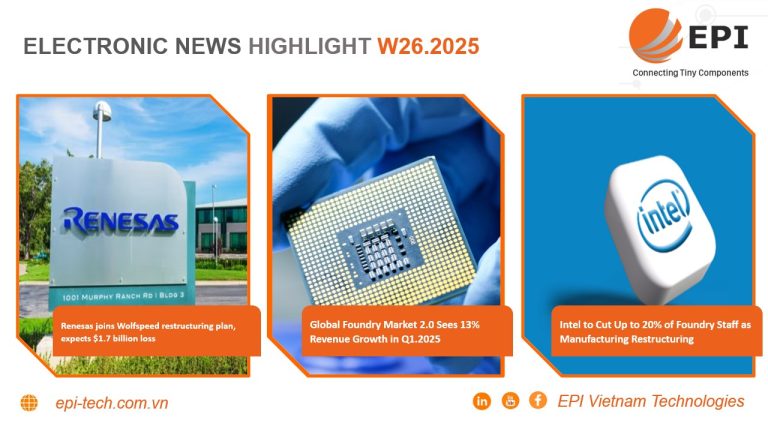HIGHLIGHT ELECTRONICS NEWS W26.2024
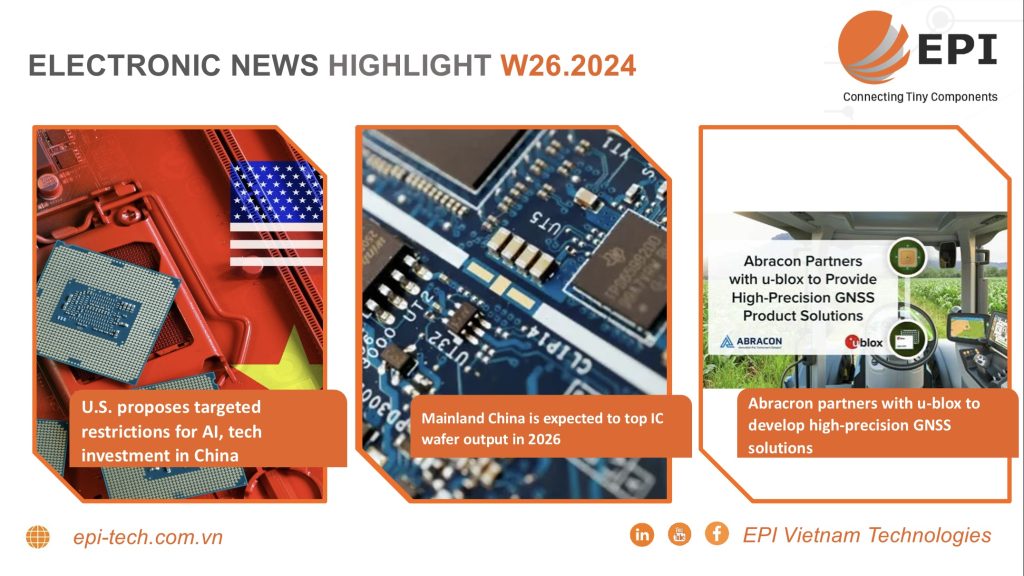
1. U.S. proposes targeted restrictions for AI, tech investment in China
The United States on Friday issued what it described as targeted draft rules for banning or requiring notification of certain U.S. investments in artificial intelligence and other technology sectors in China that could threaten U.S. national security.
Biden’s executive order, which directed regulation of certain U.S. investments in semiconductors and microelectronics, quantum computing and artificial intelligence, is part of a broader push to prevent U.S. know-how helping the Chinese to develop sophisticated technology and dominate global markets.
The proposed rules would ban transactions in AI for certain end uses, and involving systems trained in using a specified quantity of computing power, but would also require notification of transactions related to the development of AI systems or semiconductors not otherwise prohibited.
Learn more: U.S . propose targeted restrictions for AI, tech investment in China
2. China is expected to top IC wafer output by 2026 .
According to Knometa Research, as of the end of 2023, the share of global semiconductor manufacturing capacity is 22.2% in Korea, 22.0% in Taiwan region, 19.1% in Mainland China, 13.4% in Japan, 11.2% in the United States and 4.8% in Europe.
Knometa Research predicts that mainland China’s market share of semiconductor manufacturing capacity will gradually increase and reach the top of the world by 2026. On the other hand, Japan’s market share is expected to decrease from 13.4% in 2023. down to 12.9% by 2026.
The report said construction of new factories is increasing rapidly around the world. Many countries and regions are providing subsidies to attract semiconductor manufacturing to local areas to address supply chain issues encountered during the epidemic and initiatives This will likely continue.
New factories are being built in every semiconductor manufacturing region around the world, and despite US-centric semiconductor regulations that seek to limit mainland Chinese companies from growing and introducing advanced processes, mainland China will continue to increase semiconductor capacity in the coming years, focusing on traditional or mature processes. It is expected that by 2026, mainland China will have the world’s largest IC wafer production capacity
Learn more:China is expected to top IC wafer output by 2026.
3. Abracon partners with U-blox to develop high-precision GNSS solutions
Abracon has partnered with U-blox to combine the u-blox ZED-F9P GNSS receiver module and the Abracon APXG6016GH multi-band, multi-constellation active GNSS antenna. This combination delivers centimeter-level precision designed for a variety of industries such as precision agriculture and mobile robotics.
The APXG6016GH antenna is designed with a powerful pre-filtered low noise amplifier (LNA), providing strong anti-interference performance in challenging environments. This antenna supports multi-frequency reception, including L1, L2, L5 and L band correction services, for robust signal reception and enhanced accuracy.
The u-blox ZED-F9P module is designed to deliver accurate and reliable performance in a variety of applications. When combined with the Abracon APXG6016GH antenna, this module provides users access to critical precise positioning data for demanding navigation tasks.
The Abracon APXG6016GH antenna features tightly grouped phase center variation with advanced multi-level powering technology, delivering stable performance in a variety of situations. The compact and lightweight design makes it ideal for mobility and UAV applications, providing users with flexibility and ease of integration.
Learn more : Abracon partners with U-blox to develop high – precision GNSS solutions



 English
English  Tiếng Việt
Tiếng Việt 





